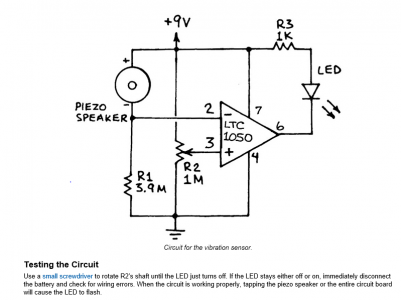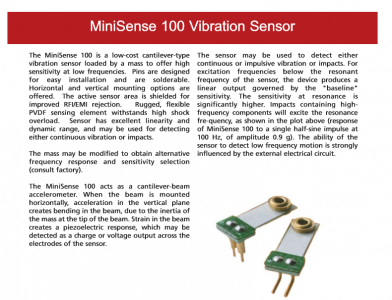B
BRIAN
Forum Guest
Register Today
I intend to build a strobe light so I can balance the crank on my next project
I am thinking of using a pizio electric sensor to switch a LED light, some method of altering the sensitivity will be required
my electronics are not up to this so help is required to make the interface.
or any other ideas, It will be over a year before I need this .but a early start. will save time later.
Brian.
I am thinking of using a pizio electric sensor to switch a LED light, some method of altering the sensitivity will be required
my electronics are not up to this so help is required to make the interface.
or any other ideas, It will be over a year before I need this .but a early start. will save time later.
Brian.



